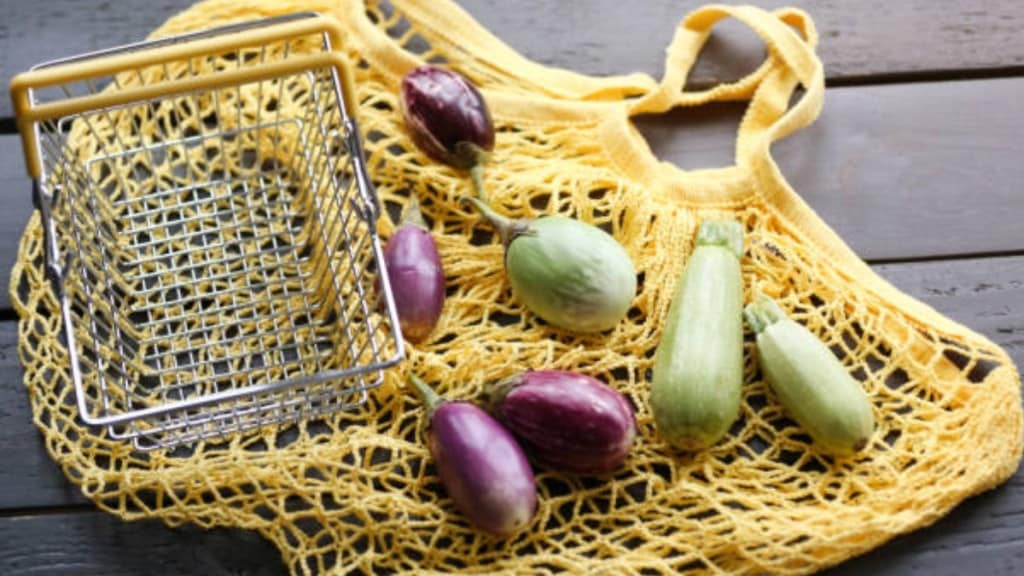By Ashok Gulati, Bidisha Chanda and Ranjana Roy
Reserve Bank of Governor Shaktikanta Das categorically stated in the minutes of the last Monetary Policy Committee (MPC) meeting that it was risky to reduce the repo rate as inflation was still not at a comfortable level of 4%. The September inflation, measured by the consumer price index (CPI), surged to 5.5%, while food inflation crossed 9.2%. So, the RBI’s uneasiness in committing to reduce the repo rate is understandable.
But a bigger question is, how far can the RBI tame inflation, especially when it is driven by food, largely by vegetables? Vegetable inflation is 36% and its overall contribution to CPI inflation is 42.8%. The top 10 commodities that contributed most to CPI inflation in September are all vegetables — no wonder they have put the RBI in a bind.
To be fair to the RBI, let us see its record in taming inflation since it adopted the flexible inflation targeting (FIT) framework, with a target of 4% +/- 2%. Our analysis of 101 months shows that CPI inflation exceeded the 4% target 72% of the time, and in 28% of the cases, it surpassed the upper threshold of 6% (see graphic).
Various factors have impacted CPI inflation during this period. These have ranged from plunging international prices, especially of crude oil and food, to reducing fiscal deficit in the initial years (2016 to 2019) when inflation was tamed below 4%. But thereafter, disruptions in supply chains during Covid-19 and the Russia-Ukraine conflict in 2022 pushed global as well domestic inflation up.
The outsized influence of consumer food price inflation (CFPI) on overall CPI inflation boils down to the outdated weights assigned to food and beverages in the CPI basket. Currently, they account for 45.9% of CPI, with food alone making up 39%, based on a 2011-12 consumption survey. It is high time these weights are updated based on the 2022-23 consumption survey.
The RBI still deserves credit for maintaining inflation at levels lower than many emerging market and developing economies (EMDEs). According to International Monetary Fund data, in 2024, India’s inflation stood at 4.4%, well below the EMDEs’ average of 7.9%. But greater the proportion of food in the overall CPI, the harder it becomes for monetary policy alone to control inflation. So, replacing old food weights in CPI by new ones, likely to be 5-6 percentage points less, should be a priority to reflect the reality better.
Let us dive deeper into food inflation. The recent surge in vegetable inflation, particularly driven by tomatoes, onions, and potatoes (TOP), is a direct manifestation of structural weaknesses in India’s agricultural supply chains, compounded by adverse climatic conditions. In September, vegetable inflation contributed a staggering 63% to the CFPI, with year-on-year price increases of 42.4% for tomatoes, 66.2% for onions, and 65.3% for potatoes. These figures are not mere anomalies; they are symptomatic of deeper inefficiencies and vulnerabilities in their value chains that demand urgent policy attention.
Tomatoes follow the classic “cobweb model” of price cycles, where short supply quickly pushes up prices due to their perishable nature. Current prices of `60-80/kg stem from delayed kharif arrivals due to heavy rains in Karnataka and Andhra Pradesh. Karnataka’s key production belts — Chikkaballapura and Kolar — suffered 20-30% yield loss from white fly infestations, worsening the supply shortage and fuelling food inflation.
Onion retail prices, currently at `50-60/kg, highlight severe supply disruptions. Among the three growing seasons, only the rabi crop can be stored from March to October, serving as a buffer during lean months. This year, onion storage is slightly lower than last year, with Maharashtra reporting a 1.3 lakh metric tonne storage loss. Incessant rainfall in Maharashtra, Karnataka, Telangana, and Andhra Pradesh has damaged the kharif crop, delaying arrivals and tightening supply.
Stored stocks of potatoes are released from May to November, the highest in October as the rabi potato starts to perish by then. The lower arrival to mandis has led to spike in prices. A part of the surge can be attributed to the low base effect from the previous year.
India’s recurring price volatility in TOP crops demands a more resilient agricultural policy. While Operation Greens launched in 2018 aimed to stabilise prices by streamlining value chains, its expansion to cover all fruits and vegetables diluted its original focus. As a result, supply disruptions and significant post-harvest losses — 18-26% for potatoes, 25% for onions, and 11.6% for tomatoes — continue to drive up retail prices. Such losses should not be taken lightly; after all, a spike in onion prices in the 1998 elections caused the Vajpayee government to collapse.
Short-term measures like the recent 40% export duty on onions reveal the government’s consumer bias and knee-jerk reactions. The solution lies in processing a portion of TOP crops during surplus periods: converting at least 10-15% of tomato production into paste and puree, and dehydrating onion into products like flakes and powder. Successful models, like Jain Irrigation’s onion dehydration partnership with farmers, show how such initiatives can reduce wastage and boost farmers’ income.
What is needed is a dedicated agency, staffed with experts, focused exclusively on TOP. Without such specialised oversight and long-term strategies, the RBI will remain in a bind on repo rates. It needs to press for these long-term strategies with the government, as it goes beyond its jurisdiction. Only then it can heave a sigh of relief and tame vegetable inflation.
The authors are respectively distinguished professor, research assistant, and senior fellow, ICRIER.
Disclaimer: Views expressed are personal and do not reflect the official position or policy of FinancialExpress.com. Reproducing this content without permission is prohibited.

